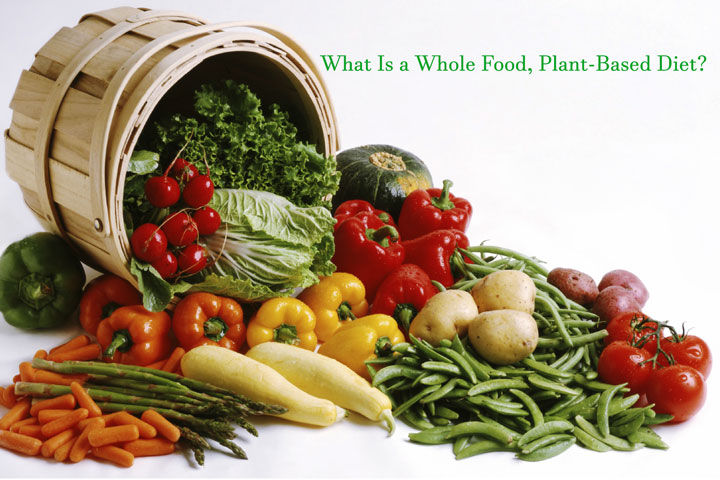
What Is a Whole Food, Plant-Based Diet?
A whole food, plant-based diet is centered on whole, unrefined, or minimally refined plants. It’s a diet based on fruits, vegetables, tubers, whole grains, and legumes; and it excludes or minimizes meat (including chicken and fish), dairy products, and eggs, as well as highly refined foods like bleached flour, refined sugar, and oil.
We know that’s a mouthful! Rest assured, though, that you’ll be eating in a way that people have thrived on for thousands of years. We believe that you will find—as we do—that the diet and foods are very tasty and satisfying. Following are the food categories from which you’ll eat, along with a few examples from each. These include the ingredients you’ll be using to make familiar dishes, such as pizza, mashed potatoes, lasagna, and burritos:
- Fruit: mangoes, bananas, grapes, strawberries, blueberries, oranges, cherries, etc.
- Vegetables: lettuce, collard greens, broccoli, cauliflower, kale, carrots, etc.
- Tubers and starchy vegetables: potatoes, yams, yucca, winter squash, corn, green peas, etc.
- Whole grains: millet, quinoa, barley, rice, whole wheat, oats, etc.
- Legumes: kidney beans, chickpeas, lentils, lima beans, cannellini beans, black beans, etc.
Now that you know generally what sorts of foods you’ll be eating, let’s delve further into what the diet is and what it most definitely is not.
A Whole Food, Plant-Based Diet Is Not a Diet of Vegetables
You may have heard that people living this way eat lots of spinach, kale, and collard greens, and that this is, in fact, the primary basis for many of the meals. You may even think we live only on leafy and raw vegetables. However, nothing could be further from the truth.
While leafy vegetables are an important part of the whole food, plant-based diet, they are a very poor calorie, i.e., energy, source to be sustainable. We would need to eat almost 16 pounds of cooked kale to get 2,000 calories of food! We certainly don’t eat this way, and we wouldn’t blame you for thinking it sounds crazy—we think so, too! In fact, it is virtually impossible to get enough calories from leafy vegetables alone to form a sustainable diet. Perhaps the most common reason for failure in this lifestyle is that people actually try to live on leafy vegetables alone. If you try to live on these vegetables, you become deficient in calories. Not eating enough calories leads you to feel hungry, which over time may result in decreased energy, feelings of deprivation, cravings, and even binges. These issues are not caused by switching to a plant-based diet—rather, they are all related to not eating enough.
Don’t get us wrong: We certainly recommend you eat generous amounts of leafy vegetables. But these are complementary foods that you eat regularly. They are not the energy source on your food plate.
So if leafy vegetables aren’t the basis of a whole food, plant-based life- style, what is?
Starch-Based Foods and Fruit Form the Basis of the Whole Food, Plant-Based Diet
In America most of us are accustomed to building our dinner plate around meat. This will change with your new lifestyle. The center of your plate is now going to be the starch-based comfort foods most of us have always loved, but that have long been relegated to side dishes or stigmatized because of a misperception that they are “unhealthy.” Yet these are the foods that people around the world have thrived on for generations: tubers like potatoes and sweet potatoes; starchy vegetables like corn and peas; whole grains like brown rice, millet, quinoa, and buckwheat; and legumes like chickpeas, black beans, kidney beans, and lima beans.
They may be prepared a bit differently—leaving out oil and dairy, for example—but most of them will nonetheless be familiar. Those that aren’t may become delightful new discoveries you’ll make as part of embarking on your new lifestyle. They come in the form of delicious dishes like Sweet Potato Lasagna, Mashed Potatoes and Gravy, Tuscan White Bean Burgers, Easy Thai Noodles, Lima Bean Soup, Shepherd’s Pot Pie, Black Bean and Rice Burritos, Polenta Curry, and Spicy French Fries
In addition to starch-based foods, you can enjoy as much whole fruit as you like.
No More Eating For Single Nutrients . . . Focus on the “Package” and the Foods You Enjoy
The idea of eating a particular food for one nutrient is pervasive in our culture. We have been led to believe we should eat meat for protein, dairy for calcium, fish for omega-3 fatty acids, and even tomatoes for lycopene, among many others. This sort of thinking is misguided and has caused grave harm to human health. The quest for protein, for example, has steered us toward meat consumption. In this quest, we not only consume protein in excess of our needs, but also many harmful substances like dietary cholesterol that are only present in animal foods.
No food is a single nutrient, and we should never think of foods in that way. Any given food has countless nutrients. What matters most is the overall nutrient profile, i.e., the whole package. Whole, plant-based foods contain all the essential nutrients (with the exception of vitamin B12), and in proportions that are more consistent with human needs than animal-based or processed foods. So our question is really this: Why waste any of what we eat on inferior packages? As long as—over time—we choose a variety of whole, plant-based foods, we will easily meet our nutritional needs.
Even on this diet, people sometimes tend to worry about eating a certain type of green vegetable for calcium, beans for protein, nuts for fat, and so on. We ask you to let go of that kind of thinking. The most important thing in this lifestyle is to choose the whole, plant-based food you enjoy most!
A Sample Day for a Whole Food Diet – read here



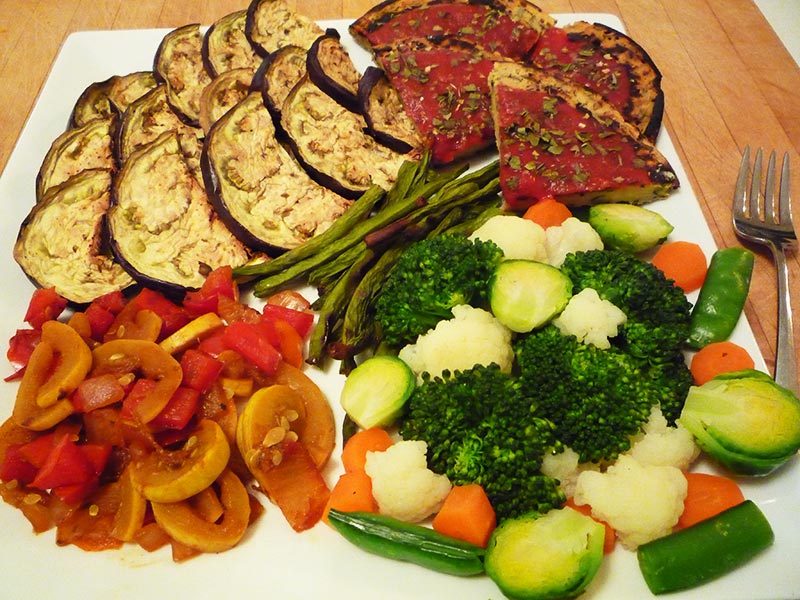

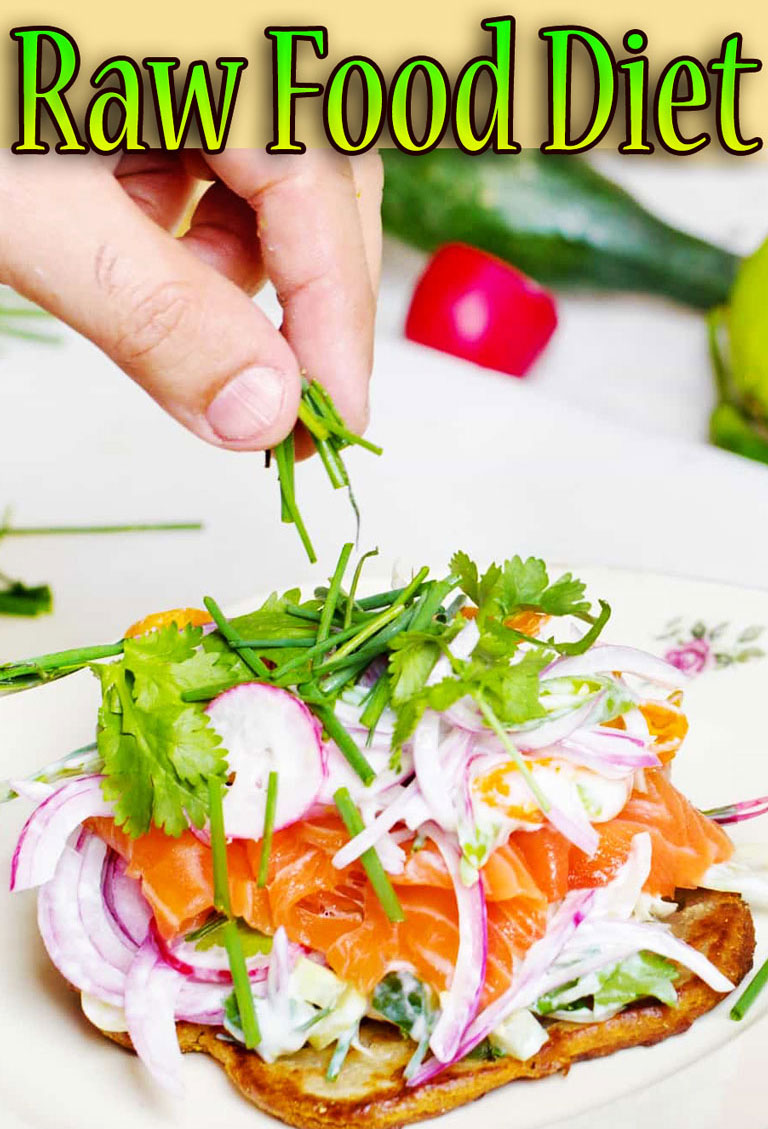
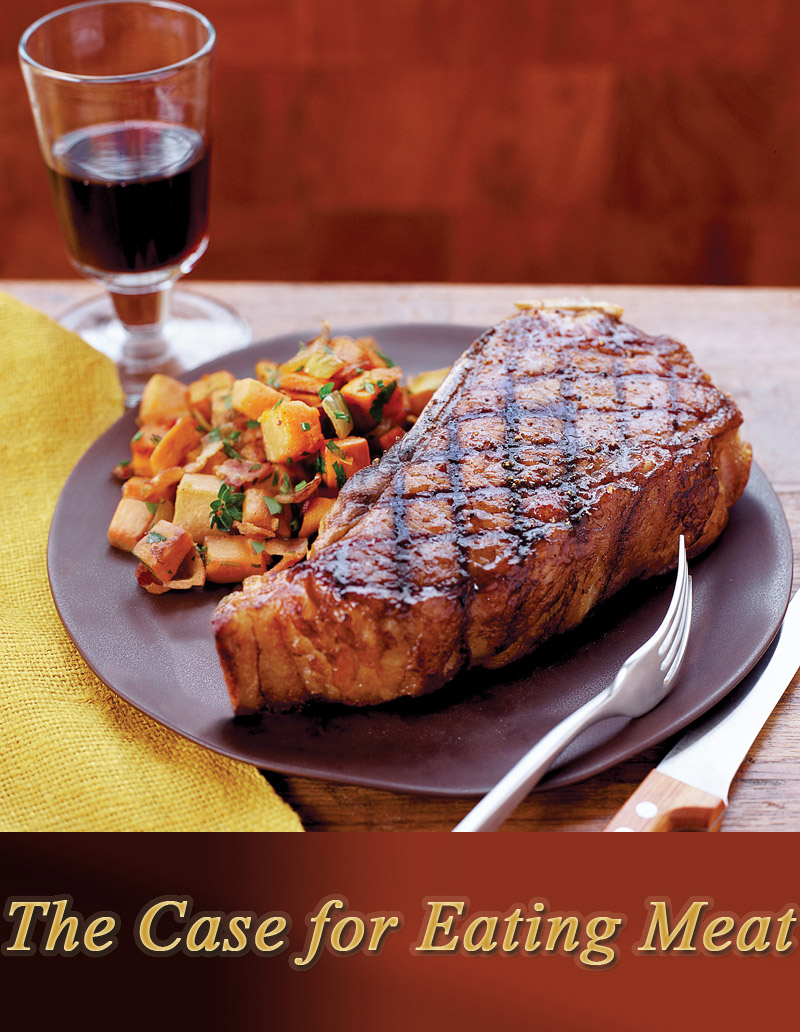
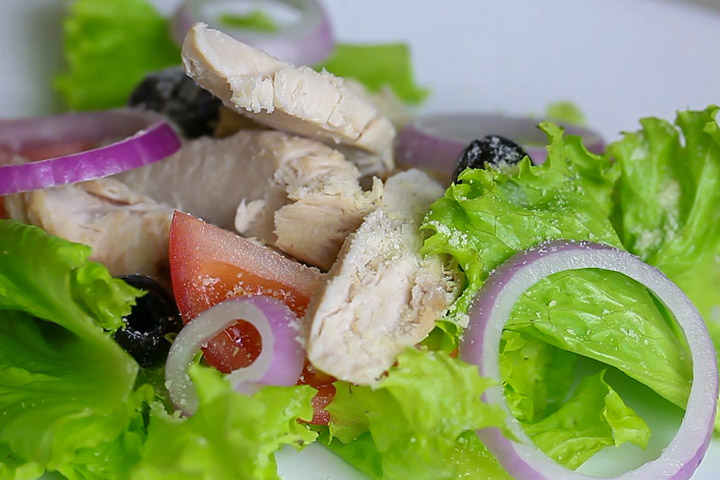
where can I find recipes using these vegetables and fruits